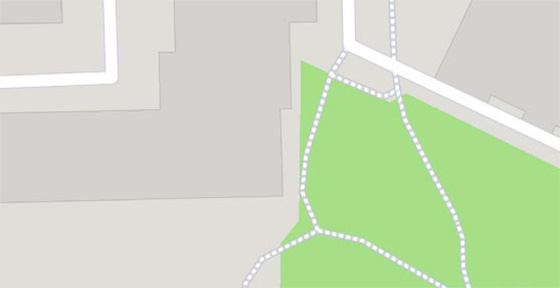The Nitra Castle rises on a hill above the city. From the Middle Ages he belonged to the Nitra bishops. Within it there is the cathedral of the oldest Slovak bishopric and the episcopal palace. The castle is surrounded by defensive walls with towers, which dates back to the 11th century.
The castle stands on the site of a former fortified Slavic stronghold, in which rulers of Great Moravia were ruling. The oldest building within it is the church of Saint Emeram from the 11th century. Originally a Romanesque building, at the beginning of the fourteenth century, it gained a Gothic appearance and eventually began to serve as a meeting place for the chapter and treasury.
The Nitra cathedral consists of an upper and a lower church. They are connected by huge Baroque stairs. Their decor is also baroque, although the upper church was built in the Gothic style. Inside, the main altar dominates with the depiction of the Photograph from the Cross. Within the castle there is also a baroque bishop's palace converted from gothic.
The whole castle is surrounded by defensive walls in which Romanesque relics have been preserved. The only preserved tower is the so-called Vazula Tower, in which the Hungarian prince was to be imprisoned.
Attractions inside




